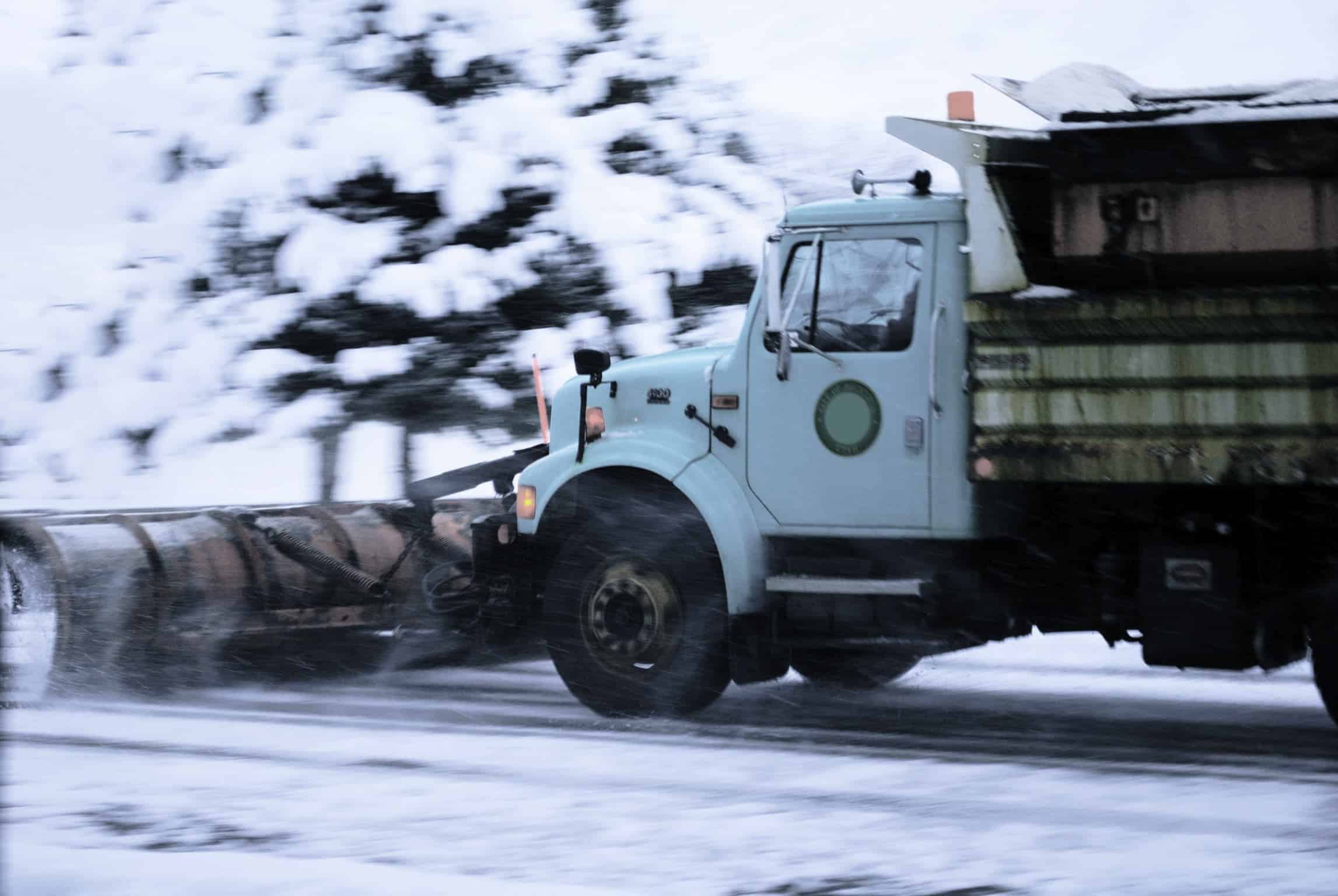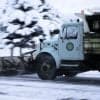
By Travis Murdock December 17th, 2018
Driving in the winter can be harrowing, especially where blizzard and icy conditions crop up seemingly out of nowhere. But new safety technologies are being added to cars at a record rate. Some can even take control of the vehicle to help us avoid crashes.
One such technology that’s particularly useful in winter is traction control. This function helps your vehicle gain traction on snowy, icy or wet surfaces, particularly when accelerating from a stopped or slowed position, or when trying to make it up a slippery hill. Traction control is now standard on most new vehicles.
My Car Does What? is a campaign of the National Safety Council and the University of Iowa to help educate drivers on dozens of new vehicle safety technologies. But remember, you are your car’s best safety feature. Take precautions to ensure you arrive safely at your destination.
Check the Weather Before You Go
If the weather is frigid, you’re going to want to warm up the car before you drive it. To prevent carbon monoxide poisoning, never leave a vehicle running in an enclosed area, such as a garage. In fact, the Consumer Product Safety Commission warns that a car running in an attached garage is never safe, even with the garage door open.
If the forecast looks iffy, wait out the storm if possible. But if you must travel make sure you share your travel plans and route with someone before you leave.
If you become stranded in an unfamiliar area, do not leave your car. Light flares in front and behind the car and make sure the exhaust pipe is not blocked by snow, mud or any object.
Prepare Your Car for Winter
Besides checking the weather, it’s important to have a mechanic check the condition of the following vehicle systems before heading out on the road:
- Ignition
- Brakes
- Wiring
- Hoses and fan belts
- Spark plugs
- Air, fuel and emissions filters, and PCV valve
- Distributor
- Battery
- Tire wear and air pressure
- Antifreeze level and freeze line
Know What to Do to Avoid a Crash
You’ve done all you can to prepare your car, you’ve checked the weather, but suddenly you find yourself driving in a slippery mess. If visibility is severely limited due to a whiteout, pull off the road and don’t even attempt to drive farther until conditions improve.
But sometimes water or ice on the road can surprise drivers, even with little to no precipitation. Do you know how to prevent a skid? Would you know what to do if you ended up sliding toward another vehicle or fixed object? If you don’t want to end up in a crash like the one in Michigan, AAA offers some winter driving tips.
- Never mix radial tires with other types of tires
- If possible, avoid using your parking brake in cold, rainy and snowy weather
- Do not use cruise control in wintery conditions
- Look and steer in the direction you want to go
- Accelerate and decelerate slowly
- Increase following distance to 8 to 10 seconds
- Know whether you have antilock brakes, which will “pump” the brakes for you in a skid
- If possible, don’t stop when going uphill
- Keep your gas tank at least half-full
- If you do get stranded, don’t try to push your vehicle out of snow
- Signal distress with a brightly colored cloth tied to the antenna or in a rolled up window
Don’t Leave Home Without These
In an emergency situation, in addition to a full tank of gas and fresh antifreeze, National Safety Council recommends having these with you at all times:
- Properly inflated spare tire, wheel wrench and tripod jack
- Shovel
- Jumper cables
- Tow and tire chains
- Bag of salt or cat litter for better tire traction or to melt snow
- Tool kit
- Flashlight and extra batteries
- Reflective triangles or flares
- Compass
- First aid kit
- Windshield cleaner
- Ice scraper and snow brush
- Matches in a waterproof container
- Scissors and string or cord
- Nonperishable, high-energy foods like unsalted, canned nuts, dried fruits and hard candy
- Blankets, mittens, socks and hats
Winter road trips – even short ones – are a great way to celebrate with family and friends. Being prepared can ensure a safe and happy time is had by all.

















